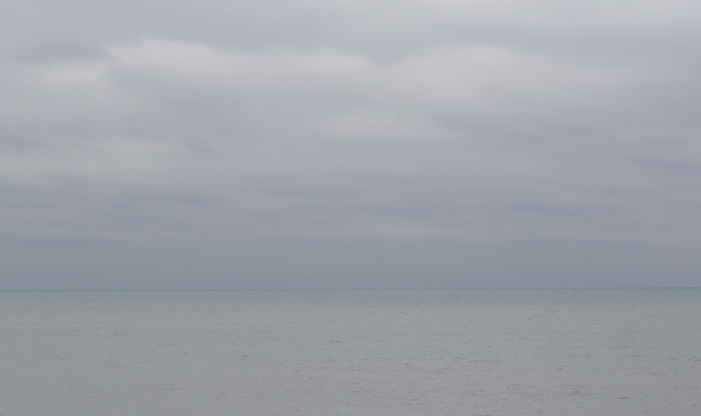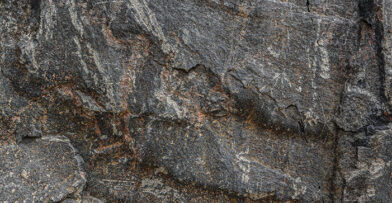The Ice Age is a period in geological history in which the atmosphere and Earth’s temperatures cooled. This formed continental glaciers, polar ice sheets, and alpine glaciers. The last Ice Age is named the Wisconsinan Glaciation, and images of this period are emblazoned within the popular imagination. However, people might not know just how much the last glacier advance into our state affected the layout of our land. We see and feel the effects to this day.
Land Formations Left by the Glaciers
The advance of glaciers into Wisconsin created all of our topography, except for the Driftless Area in southwestern Wisconsin. It took place from 70,000 years ago to approximately 10,000 years ago. The glacier was a continental glacier and extended from the arctic to cover much of Wisconsin. Academics and school groups from around the world recognize our state as one of the most important areas to view and learn about the last glacial period—the features are that distinct.
The Northern Kettle Moraine and Southern Kettle Moraine are rich in visible land formations left by glaciation. Kettles comprise depressions made by big hunks of ice buried within the sediment of a retreating ice sheet that then melted. In contrast, moraines can be hills or mounds of debris carried by the glacier. They are composed of various sizes of rocks and boulders.
The ice sheet also left behind kames, drumlins, and eskers. When ice melts through the top of a glacier, it can create a waterfall within or on the outside of a wall of ice. This leaves a hill or mound made of sediment and debris called a kame. Holy Hill and Powder Hill and Pike Lake are kames. If you see an elongated hill, it might be a drumlin, an area of glacial till left by ice acting on unconsolidated soil. An esker encompasses long ridges formed by streams and rivers running through ice-walled tunnels on, within, and under a glacier.
How Lakes Were Formed
The Wisconsin Glaciation left behind most of the lakes in Wisconsin, including Lake Michigan. Devil’s Lake is a remnant of the effects of a glacier plugging an existing river. Moraines formed near the two ends of the valley where the present lake is located, leaving behind the lake. You can still see the ridge line left by the ice. Another kind of lake is a kettle lake. When a chunk of ice is buried in the glacial deposits and then melts, it causes the deposits to sink at that location. Water then fills a depression created by the heavy ice.
Measuring 22,400 square miles in size, Lake Michigan is the fifth largest body of fresh water in the world. It exists because of the glacier’s scouring action of the original riverbed, the Michigami, whose axis ran through the lake’s current location. The heavy ice left a depression, which then filled with a quadrillion gallons of water. What incredible luck, as we now have one of the largest bodies of fresh water in the world right on our doorstep.
Glaciers cause the land that they cover to sink due to their immense weight. Once they melt, the land slowly returns to its former level. Scientists say the land is still rebounding from the ice in a process called isostatic rebound. It takes place at about a centimeter every thousand years. It happens near shorelines like Lake Michigan. You can see examples at Schlitz Audubon, on the bluff and at the terrace, which were originally a part of the shoreline.
There are several other glacial features at Schlitz Audubon to observe. The depth of Turtle Pond indicates it may be the remnant of a small kettle. In addition, glaciation helped create wetlands by depositing heavy red clay. Wetlands are important to the Center and Wisconsin, providing key habitat for pond creatures.
The Glacier’s Impact on Our Way of Life
During Wisconsin’s Glacial period, humans lived here. Some people argue that living through the Ice Age ushered in technological, cultural, and social development. This may have paved the way for well-adapted modern humans to take advantage of the resources left by the glaciers.
Glaciers created the conditions for what much of how we know and experience the state today. Ice movement churned the ground and created rich soil, which is key to our farming heritage. In fact, without the last glaciation, Wisconsin might not be the dairy state!
Updated to reflect pond name changes.


